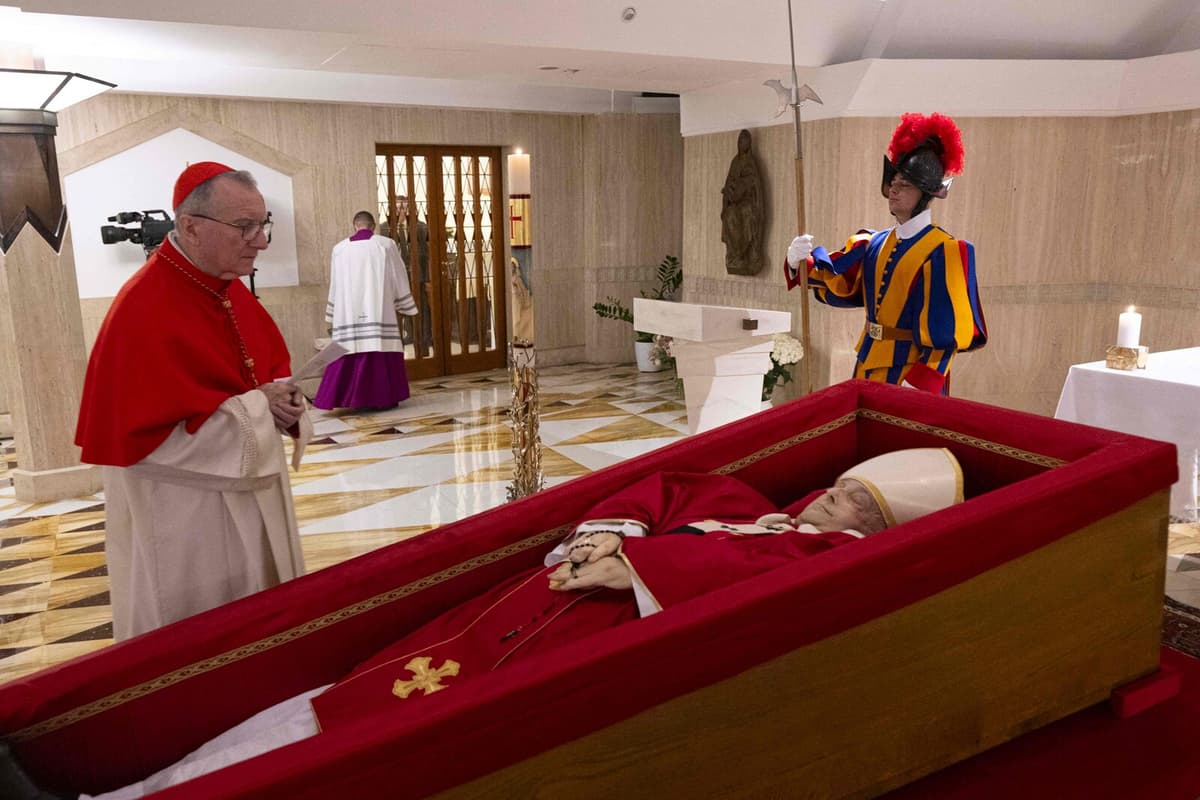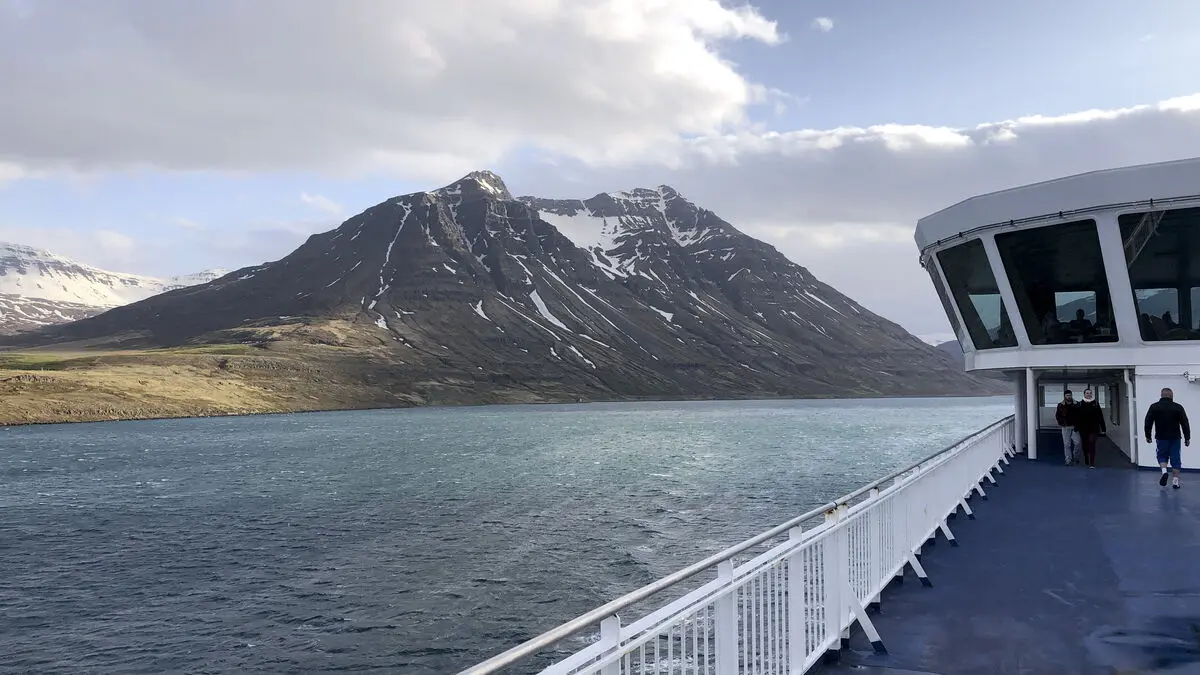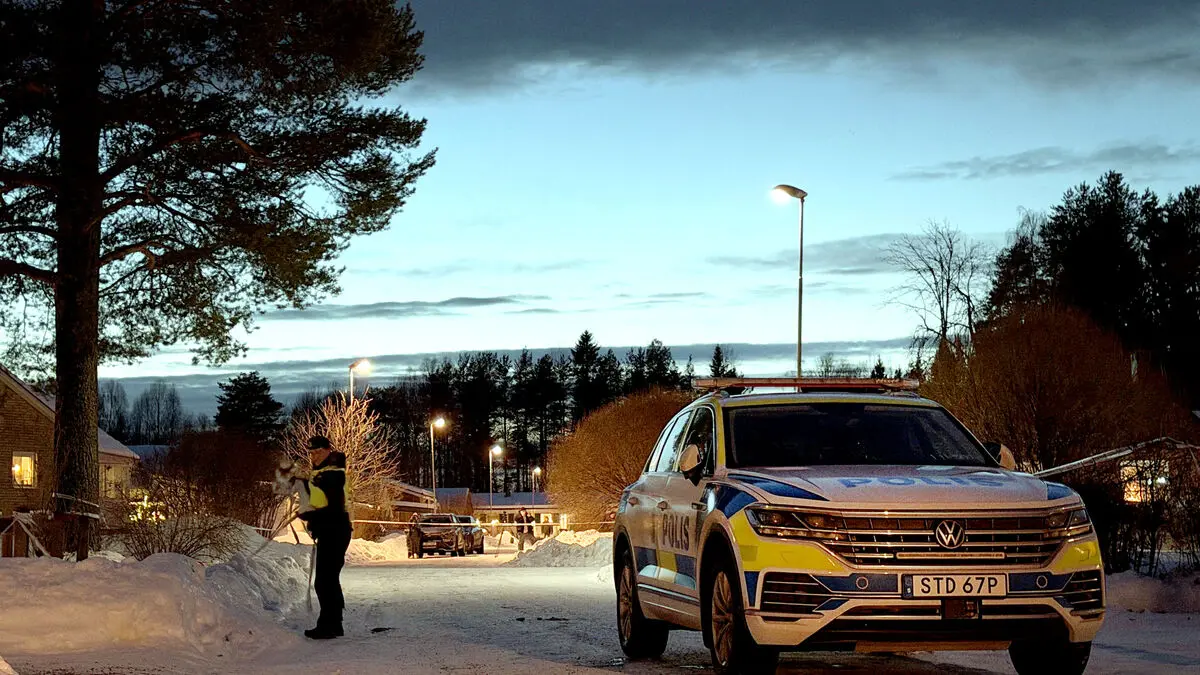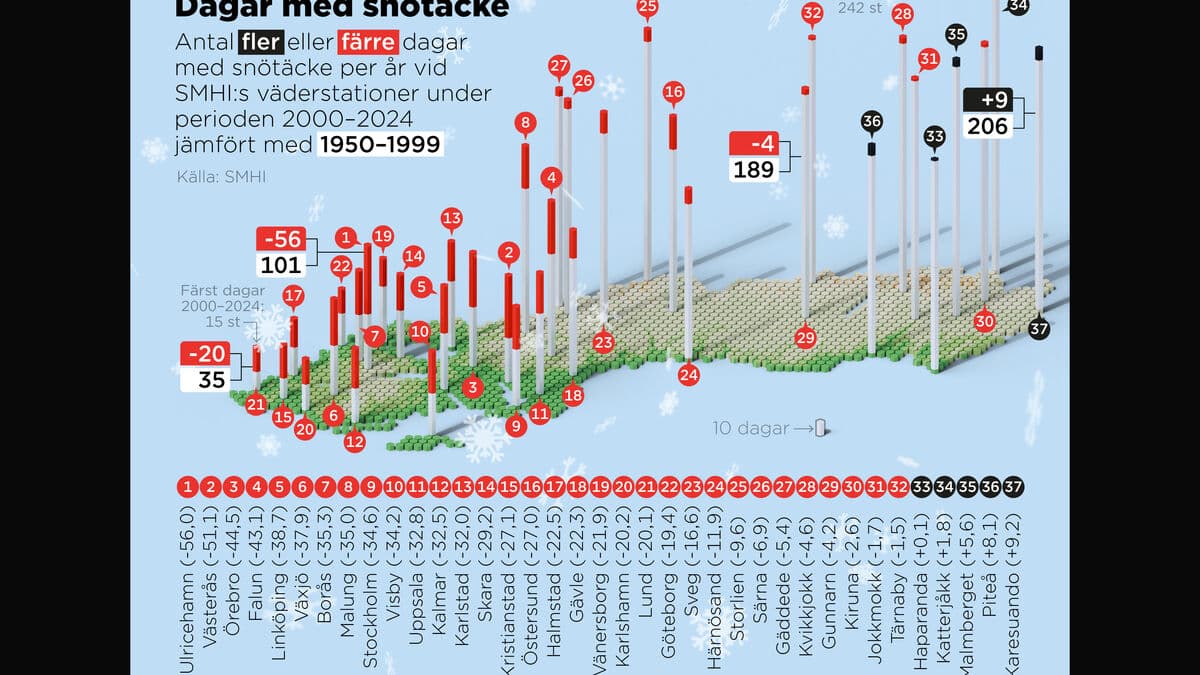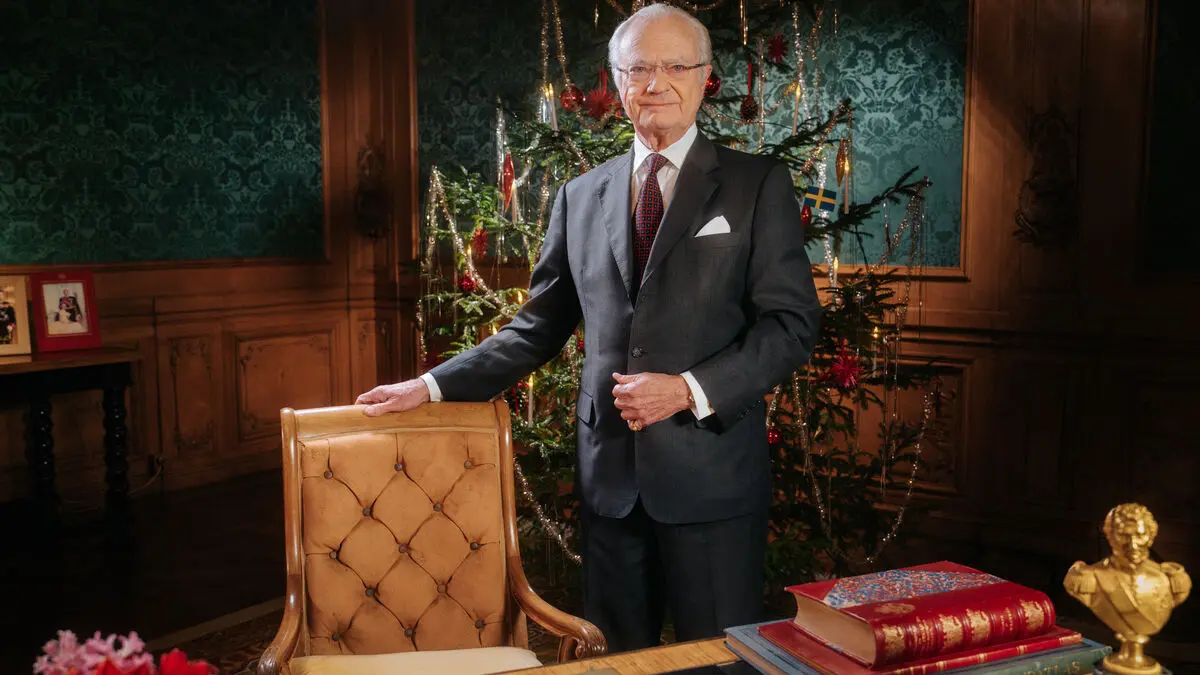Thanks for taking me back to (Peters-) Square.
The words were directed to the Pope's personal nurse Massimiliano Strappetti and would become some of his last. He uttered them after having taken a stroll on St. Peter's Square on Sunday and also taken a popular tour among the audience in his "popemobile".
At 5:30 am the next morning, the first signs of stroke appeared. An hour later, he made a farewell gesture to Strappetti before slipping into a coma, writes Vatican News with reference to those present in the room, who describe the death as quick and painless.
The formal cause of death is stroke, which led to coma and heart failure.
Holding the Rosary
Already the day after the death announcement, the cardinals gathered in Rome to plan the funeral: After the ceremony on St. Peter's Square, which begins at 10 am on Saturday, Pope Francis' body will be taken into St. Peter's Basilica, according to their decision. Then, the coffin will be transported to the church of Santa Maria Maggiore in Rome, the place where the Pope wanted to be buried.
On Wednesday morning, the open coffin will be taken to St. Peter's Basilica, where the public will be able to bid farewell to Argentine Francis, who became 88 years old.
The Vatican has published photos of his body in a coffin. The Pope wears a bishop's mitre, is dressed in white and red, and has a rosary between his fingers.
Several countries have declared national mourning – among them Italy, where the period will last for five days.
Broken Ring
A large number of heads of state and government, as well as several royals, have announced that they will attend the funeral. But neither the Swedish government nor the royal house has yet received any information about a Swedish representative.
It is already clear that it will be a less pompous ceremony than that of Francis' folk-like and progressive predecessor. The Pope has wished for a simpler burial in Santa Maria Maggiore, where his favorite icon of the Virgin Mary hangs. He will thus become the first Pope in over 100 years to be buried outside the Vatican State.
According to the Pope's wishes, his body will rest in a simpler wooden and zinc coffin, without a catafalque.
The cardinals in the Vatican are currently reviewing the daily operation of the Church during the weeks leading up to the conclave and the election of a new Pope. In the meantime, the daily work in the Vatican is led by Cardinal Kevin Farrell, who was the Pope's chamberlain.
But the ancient traditions that take hold when a Pope passes away have been set in motion. Pope Francis' so-called fisherman's ring and seal have been destroyed, so that they cannot be used by anyone else.
A large number of world leaders have announced that they will participate in Pope Francis' funeral ceremony. It will be held on St. Peter's Square on Saturday at 10 am and will be led by the head of the College of Cardinals, Giovanni Battista Re.
Here are some of those who have announced their participation in the funeral (in no particular order):
USA's presidential couple Donald and Melania Trump
France's President Emmanuel Macron
Ukraine's President Volodymyr Zelenskyj
EU Commission President Ursula von der Leyen
European Council President Antonio Costa
Javier Milei, President of the Pope's homeland Argentina
Germany's outgoing Chancellor Olaf Scholz and President Frank-Walter Steinmeier
Britain's Prince William, "on behalf" of King Charles
Britain's Prime Minister Keir Starmer
Spain's King Felipe and Queen Letizia
Catholics see the Pope as the head of the Church and at the same time Jesus' representative on earth.
Pope Francis was born as Jorge Mario Bergoglio on December 17, 1936, in Buenos Aires. His parents were Italian immigrants. Bergoglio studied chemistry and also read literature and psychology.
He was ordained as a Jesuit priest in 1969 and later became Archbishop of Buenos Aires, before being elected Pope on March 13, 2013.
He took the name Francis after the saint Francis of Assisi. The latter was an Italian order founder and founder of the Franciscan Order, who, among other things, dedicated himself to the care of lepers and the poor, and reformed the Church. He also received a call to live without possessions and without a fixed abode.
The Pope passed away on April 21, 2025, due to a stroke that led to coma and heart failure.
Sources: The Catholic Church and National Encyclopedia
